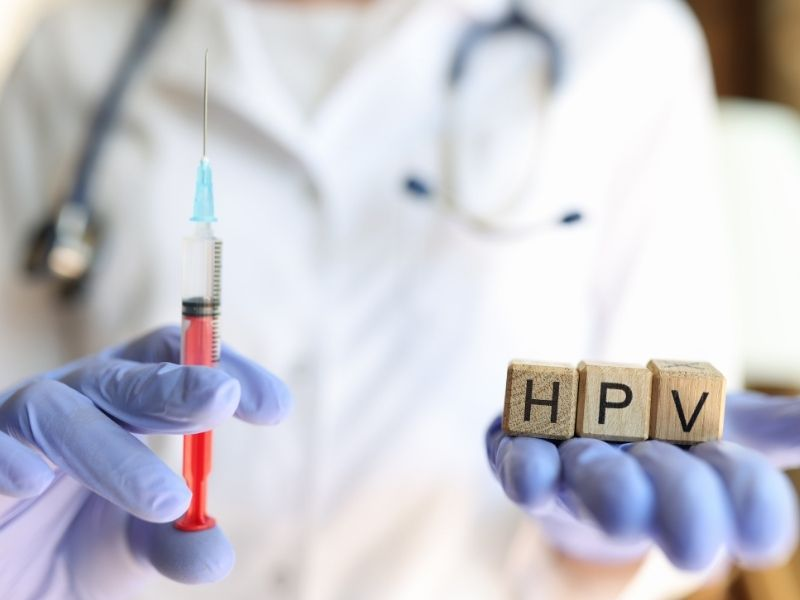Breast pain is an issue almost every woman experiences. This pain can occur for many different reasons. Another name for breast pain is mastalgia. Breast pain is also known as mastalgia. It is known that the time when people experiencing breast pain feel it most is during their menstrual cycle. However, depending on the severity of the pain and when it occurs, it can also be a symptom of various diseases.
Contents
What Causes Breast Pain?
The cause of breast pain can be many different things. Pain may also occur in the nipple along with the breast. Among the causes of breast pain, the first thing that comes to mind is reproductive hormones. Other causes of breast pain include:
- Having large breasts (it can also cause back and neck pain.)
- Birth control pills
- Use of antidepressants
- Breastfeeding
- Wounds and irritation in the breast caused by uncomfortable clothing
- Conditions like blockage or infection in milk ducts and glands
- Breast cancer
- Use of estrogen and progesterone hormone therapy during the post-menopausal period


How Is Breast Pain Diagnosed?
Diagnosing breast pain starts by looking at the patient's complaints. How long has the pain been present? How often does breast pain occur? Is the pain short-lived or long-lasting? Is it a sharp pain or a constant ache? These questions are used to guide the necessary examinations. If one specific spot on the breast is persistently painful, an examination is definitely required.
Cyclic Pain in the Breast
Cyclic pain in the breast occurs as follows: breast pain increases during the second half of the menstrual cycle. The person feels relief after menstruation. This is due to hormonal changes. During the second half of the cycle, the breast prepares for pregnancy, which causes pain. This pain typically occurs in both breasts. Along with pain, swelling and tension are also observed in the breast. Pain arises as the menstrual period approaches, and diminishes significantly after menstruation begins.
Treatment of Breast Pain
Treatment of breast pain starts with investigating the patient's existing conditions and medications. It is checked whether these medications contribute to breast pain. If a medication has such an effect, changing the medication can alleviate the pain. If the pain is not related to medication, other treatment methods are considered. Breast infections may also cause pain and can be treated with medication. If the person has irregular periods, this may also lead to breast pain. Resolving irregular periods will likely reduce breast pain.


What Helps with Breast Pain?
Thyroid disorders and diabetes have been observed in people with breast pain. Addressing these conditions can help reduce breast pain. If the person has high levels of prolactin hormone due to issues with the pituitary gland, it may cause breast pain. Hormone-suppressing medication can alleviate this pain.
What Should Be Done to Relieve Breast Pain?
Breast pain can be influenced by physiological and psychological reasons or by the individual's own habits. For example, selecting the right undergarments is crucial. Choosing bras that support the waist and breasts is important. Excess caffeine intake can lead to fibrocystic changes. Reducing caffeine consumption is therefore essential. This includes reducing coffee, tea, cola, chocolate, as well as fermented foods like beer, cheese, and wine. Some women have higher-than-normal levels of estrogen hormone, which can cause breast pain. Providing progesterone hormone can help mitigate estrogen's effects on the breast, thereby reducing pain.





